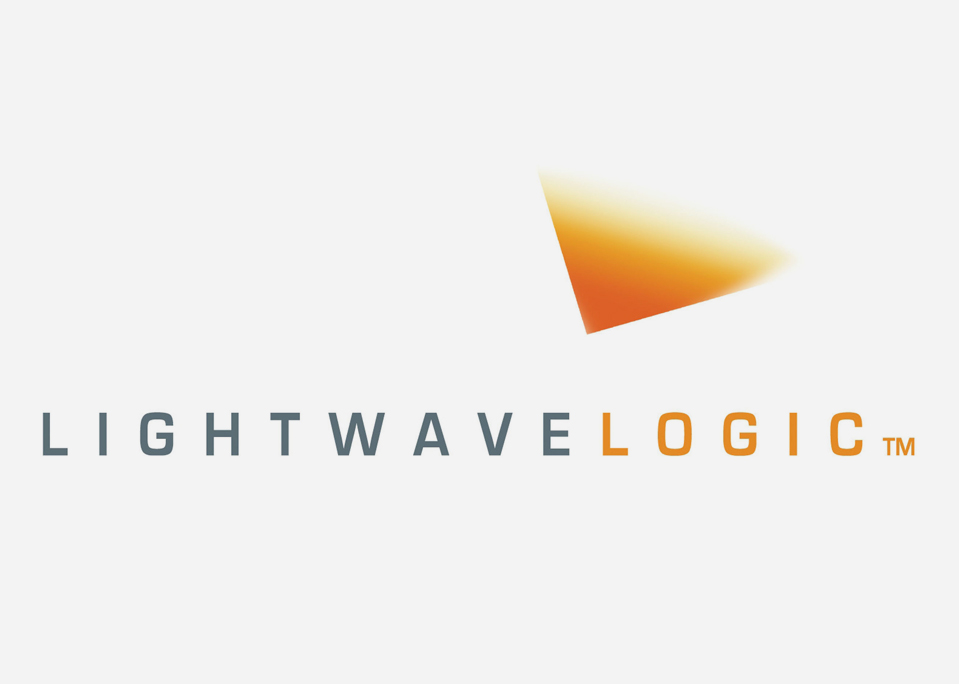Lightwave Logic Advances High-Speed Modulation performance with Polymer PIC platform

Lightwave's Mach-Zehnder Design now enables full standardized 100Gbps
Datacenter, Data Communications, and High-Performance Computing
Applications Using its Polymer Photonics Integrated Circuit (P2ICTM)
Technology Platform
Lightwave Logic a technology company focused on the development of Next Generation Photonic Devices and Non-Linear Optical Polymer Materials Systems for applications in high-speed fiber-optic data communications and telecommunications, has announced advancement of its high-speed modulation performance to satisfy 28Gbps data rates for QSFP28 standards and 100Gbps data center applications.
Lightwave's Polymer Photonics Integrated Circuit (P2ICTM) is analogous to an electronic integrated circuit but incorporates two or more optical functions or devices integrated onto a single substrate platform. It is anticipated that P2ICTMS will become a key engine in the transceiver market over the next decade.
Michael Lebby, CEO of Lightwave Logic commented, "We are continually improving the performance of our modulators as per our development plan and are on schedule to further increase the performance of our ridge waveguide modulator in the coming months. Our team has grown in both size and experience to further support the advancement of our polymer P2ICTM Polymer PIC (photonic integrated circuit) platform technology and this will help accelerate our progress. The improved performance of this prototype puts us on the right track to further scale our ridge waveguide modulator towards 50Gbps, which will enable 400Gbps optical networking data-rates (using 4 channels at 50Gbps with PAM4 modulation - to double the speed, or 8 channels at 50Gbps using NRZ modulation).
"As we further understand the dynamics of the data communications market, we see that we are positioning Lightwave to become a leading technology provider for integrated photonics devices and platforms at 25Gbps and beyond.
"We continue our laser-like focus for the remainder of 2017 to hone the performance of our polymer ridge waveguide modulator for prototyping. Achieving higher data rates that exceed 25Gbps opens the doors to more opportunities at 100Gbps, which will allow us to address the burgeoning demand for 400 Gbps and higher performance opportunities with a cost-effective scalable technology alternative."
































